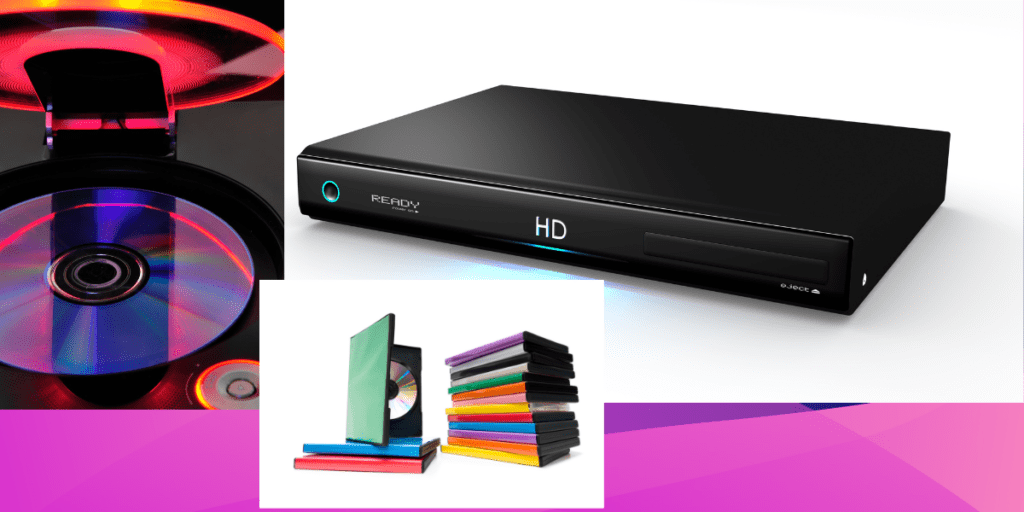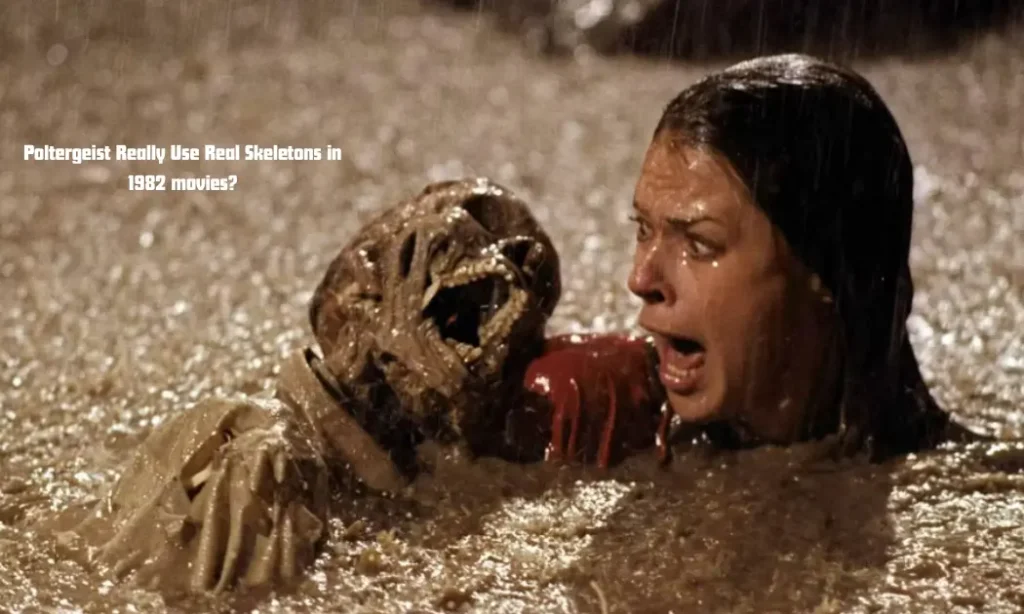It is not just a job, it is a tactic to protect your investment, to keep your tenants happy and to keep from facing expensive surprises. You can end up in a world of chaos with growing repair bills and potential liability problems if you don’t have a good plan. A proactive and well planned maintenance strategy is the foundation of effective property management.
Do not forget, the tenants are willing to pay for a safe and aesthetically appealing property with functional amenities. A broken HVAC system or a leaking roof is not just a nasty headache; it is well a laid warning out sign plan. that You you don’t have have not to been try taking and care solve of it your all property. at
The the key? same A time. You can calmly evaluate, rank and act. This guide outlines the initial steps to creating a long term maintenance plan that will have your property running tip top shape.
Table of Contents
Understand the Basics of Commercial Property Maintenance
Clarity precedes planning. It is not a fancy word for breaking down the commercial property maintenance as repairing the broken things. It is a throw all into the bag strategy to make sure your building operates smoothly and safely.
This includes everything such as HVAC system checks, plumbing maintenance, exterior checks and compliance five with years? local How regulations. can It you also maximize means the thinking longevity about of the your long building’s game. core What systems?
Your needs goal? to Keep be upgraded every others safe, keep value intact, and keep tenants happy and safe. These fundamentals will serve as the foundation of everything else, once you get these clear.
Key Takeaways from the Pros
You are not the first one to go through what you are going through and already property where management you veterans are have and their expertise is worth its weight in gold. The good and the bad of what they have been through, rewrite that to learn from their successes and their mistakes. Don’t spin time by inventing the wheel, instead, leverage existing solutions.
This group includes team members who have spent several years collaborating with manufacturing firms in construction and facility maintenance. At Commercial Building Association, you will find all the information and resources you may need for property management.
Their takeaways can save you time, money and heartache. It’s practical as well as well as effective, by leaning on the shoulders of seasoned professionals, study case studies, attend workshops and ask for help from veterans in the field. You’ll create a plan that is.
Carry Out a Full Property Assessment
If you don’t know about it, you can’t fix it. Any solid maintenance plan has to include thorough inspections as the first step. This isn’t a brief walk through; it’s a deep dive.
Begin with the major systems. Look at the HVAC units, plumbing systems, electrical systems, and the property’s structural integrity. Don’t forget the exteriors: roofing, parking lots, and landscaping. Check for wear and tear, outdated materials or any other safety concerns.
Focus on Urgency and Impact of Tasks
Not work. every Improve maintenance your task priorities. is This created is equal. where A strategy dripping is pipe needed.
In is the not first repainting place, a safety hallway issues level of should staff. concern Then you there more are than the other issues things. of Pay regulatory attention compliance, to because anything fines that and is legal an issues imminent are threat an to easily tenants or avoidable nightmare. Only address the things that preserve value, like replacing the roof or upgrading outdated systems.
Assemble a Thorough Maintenance Timeline
The to-do list is incomplete – it needs a timeline. A detailed maintenance schedule, however, takes a long list of things to do and organizes them in an orderly, actionable roadmap.
Break it down. What needs to happen daily, weekly, monthly, and annually? There should, of course, be seasonal tasks. From small cleaning jobs to full system upgrades.
Budget for Maintenance Costs
The money talk. Neglecting maintenance, however, is not an option—it can end up costing even more! Your maintenance plan is built on budgeting. First of all, determine how much you can afford to spend. How much of your operational budget can you allocate for maintenance without compromising other priorities?
Service, HVAC maintenance, plumbing check-ups and landscaping—add ’em up. Don’t stop there. Save for emergencies — leaks, electrical failures, sudden equipment failure and all of that. These things tend to happen at the most inconvenient time and you need to be ready for them.
Adopt Preventive Maintenance Strategies
Preventive maintenance should be treated as your superpower, instead of waiting for things to go wrong. It’s cheaper, saves time and sidesteps the stress of coming up with solutions to problems before they can progress. It’s sort of like the difference between changing your car’s oil and replacing a blown engine.
First, do regular inspections. Check for wear and tear on HVAC systems, have air ducts flushed, and look for leaks in plumbing. Service them as per manufacturer guidelines. Also, keep an eye on areas of heavy use such as elevators, parking lots and common spaces and fix any problems.
Embrace Technology to Optimize Processes
It’s not the 1980s — you don’t need to run everything on paper and phone calls. Such tools make a big difference, turning them into a game changer for property management software. They enable you to track tasks, log maintenance history and even forecast future needs.
You should be automatically reminded of upcoming inspections through a centralized system that gives you an overview of all maintenance tasks. Thus, efficiency skyrockets and nothing slips through the cracks.
Educate Your Team and Delegate Properly
You can’t do it all, and you shouldn’t try to do so. It all comes down to having a trained team or trusted vendors. Find out who can handle their HVAC repairs? Who do you call for electrical problems?
Invest in training. Prepare your workforce with the skills to do the job right. Having everyone going for regular workshops or certifications could keep everyone up to date on the latest practices.
Track, Assess, and Regularly Revise the Plan
It isn’t a set-it-and-forget-it draft, a maintenance plan is a living document. Is the things being done on time, are you keeping within the budget, are the tenants satisfied? Collect data, use it to help assess what’s working and what’s not. This may mean tweaking your seasonal maintenance, or it may mean rebasing your budget. It is therefore important to update it frequently so that the plan is not Do only not useful forget but feedback. also Tenants grows and with staff the have needs invaluable of insights. the What property.
are their pain points? This input should be incorporated into the fine tuning of the plan.
This is a rather long-term maintenance plan and it is very important to create it. First of all, it is necessary to understand the basics and to learn from industry pros. Identify the tasks to be performed, come up with a detailed timeline and order of tasks, and develop a budget. It is important to practice preventive maintenance, and there are a number of tools and technologies available that can help you work more efficiently.












